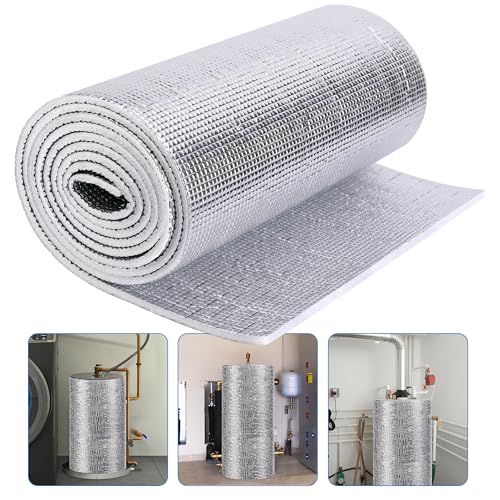I'm not sure what you mean by "breaking the hot wire".
There is a leak I can't seem to stop in there so I wonder if the wires got splashed a little or something. Or if the moisture in there has damaged the wires. Will have to shut off the breakers and go look before it gets worse.
I'm asking my certified electrician friend to come out and look at it tomorrow if he gets a chance. Would dielectric grease help? I've seen some clear gel like stuff that gets put on wires that helps to reduce corrosion.
There is a leak I can't seem to stop in there so I wonder if the wires got splashed a little or something. Or if the moisture in there has damaged the wires. Will have to shut off the breakers and go look before it gets worse.
I'm asking my certified electrician friend to come out and look at it tomorrow if he gets a chance. Would dielectric grease help? I've seen some clear gel like stuff that gets put on wires that helps to reduce corrosion.





























































